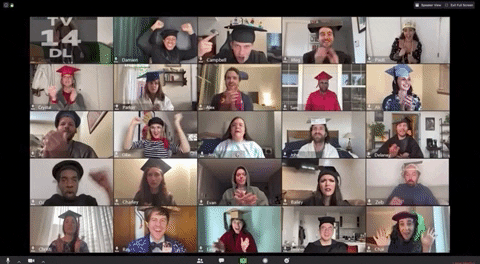The Obstacle Is the Way
A lesson for modern business.
Previously on Giuseppe’s Glimpse: In the last episode, we explored the challenges of balancing diplomacy and decisive action in leadership, learning from personal experiences and the broader corporate world. Missed it? Catch up here! 💫
Buongiorno everyone! 👋
I grew up in Calabria, in southern Italy—a region of breathtaking landscapes but far from the bustling economic hubs of the country.
Growing up in a place with fewer resources and opportunities, I often saw my circumstances as barriers to success. ❌
It’s easy to feel that way when you’re on the outside looking in, watching others with more privileged backgrounds glide into opportunities seemingly preordained for them.
Yet, over time, I came to realize that obstacles, rather than being roadblocks, can become the very engine of success. ⚙️
This realization wasn’t just personal—it’s a universal truth that applies to businesses as much as to individuals.
Turning constraints into catalysts
One of the most common complaints in business is the lack of resources: tighter budgets, limited manpower, or time constraints. ⏳
These challenges often feel like insurmountable barriers, but history shows they can actually drive innovation.
Consider companies like Airbnb or Slack, which started with minimal funding but redefined their industries by creatively working within their constraints.
Airbnb’s founders famously sold cereal boxes 🥣 to fund their early operations, while Slack emerged as a pivot from a failed video game project. 🎮
These successes weren’t achieved despite their limitations but because of them. Constraints forced these companies to innovate, focus, and create something truly unique.
This mirrors the ancient Stoic principle: “The obstacle is the way”.
Obstacles are not simply to be overcome—they are to be embraced as opportunities for growth, learning, and transformation. 🔄
Constraints, in fact, can help focus efforts.
When resources are abundant, teams often fall into the trap of chasing too many ideas, diluting their impact.
However, constraints demand prioritization, clarity, and laser-sharp execution.
For example, Amazon’s early success wasn’t built on lavish investments but on an obsessive focus on customer satisfaction within tight financial margins. 💻📦
This constraint-driven discipline fostered innovations like their recommendation algorithms, which became an industry standard.
Building resilience through adversity
In a world of constant disruption, businesses that embrace obstacles are more likely to thrive.
Economic downturns, technological shifts, or supply chain disruptions can cripple companies that view challenges as barriers. 🚧
But those that see these moments as opportunities to adapt and innovate are the ones that survive—and often lead.
Consider the global pandemic. 🦠
It posed monumental challenges to virtually every industry, yet it also catalyzed innovations, from telemedicine to remote work technologies.
Companies like Zoom and Shopify didn’t just weather the storm—they became indispensable, reshaping the way we work and interact.
The Stoics teach us that adversity doesn't merely reveal character—it builds it. 🧱
Similarly, in business, challenges don’t just test an organization’s resilience—they define its trajectory.
When faced with constraints or setbacks, leaders must ask:
→ How can this challenge sharpen our focus?
→ What creative solutions can we explore within these limitations? 🔎
→ How can this obstacle become an opportunity to differentiate ourselves?
By reframing obstacles as opportunities, businesses can transform limitations into strategic advantages.
Leading like a Stoic
As leaders, we often seek to remove obstacles for our teams. 💪
But perhaps our role is to help them see these obstacles differently—not as hindrances but as pathways to innovation and growth.
The next time your business faces a significant challenge, remember: the obstacle is the way.
Embrace it, leverage it, and let it propel you to solutions you never imagined. 💭
What obstacles have you faced in your career or organization? How did you transform them into opportunities?
Let’s discuss.
Stay curious! 🙌
-gs
Oh, wow! You made it to the end. Click here to 👉 SHARE this issue with a friend if you found it valuable.







